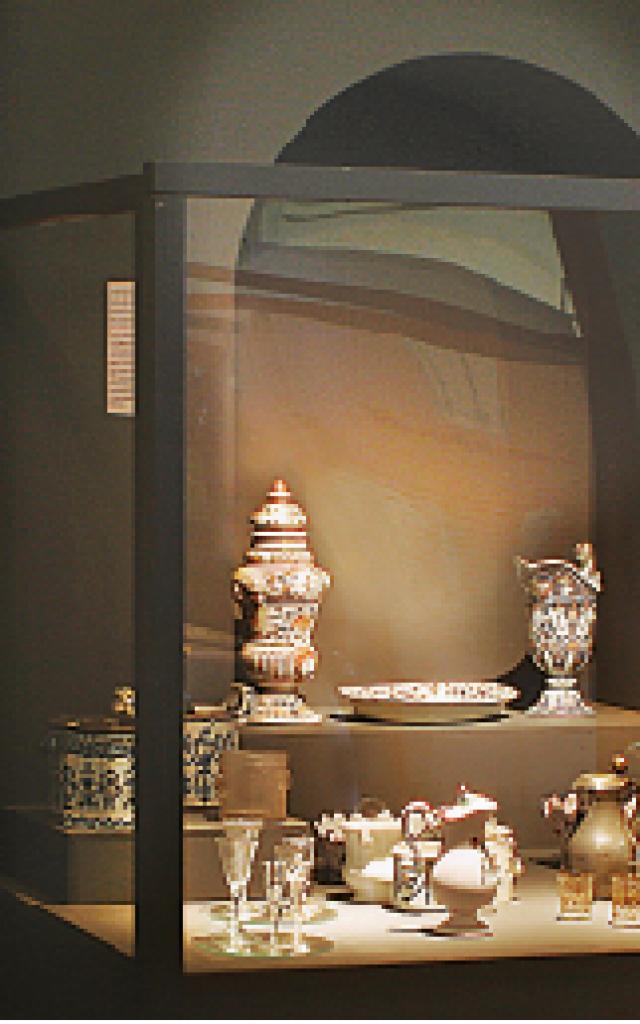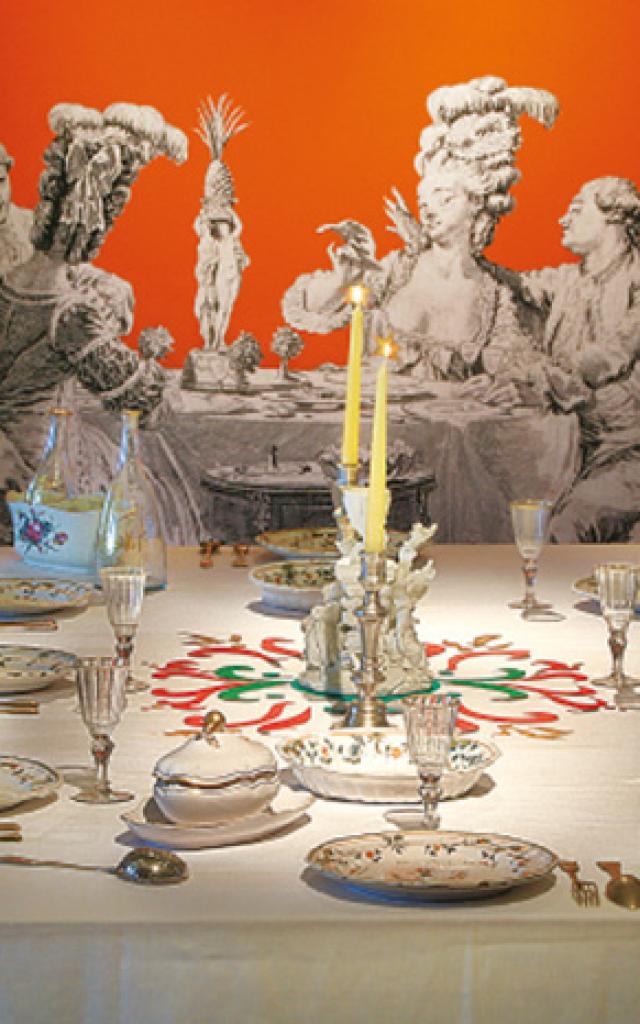 Abbey of Belleperche
Abbey of Belleperche  Abbey of Belleperche
Abbey of Belleperche  Abbey of Belleperche
Abbey of Belleperche  Abbey of Belleperche
Abbey of Belleperche  Cloître de l'Abbaye de Belleperche
Cloître de l'Abbaye de Belleperche Abbey of Belleperche
Abbey of Belleperche  Abbey of Belleperche
Abbey of Belleperche  Abbey of Belleperche
Abbey of Belleperche  Abbey of Belleperche
Abbey of Belleperche In the middle Ages, Belleperche Abbey was one of the largest and richest monasteries in the Southwest of France. The unique exhibition « Earth and Tea» at the Museum of Table Art in the Cistercian Abbey of Belleperche is not tobe missed. This exhibition displays the “Valfré collection”, unique in Europe, it is a real aesthetic and cultural treasure, a collection of old ceramic masterpieces, mainly from China. It is above all 246 stoneware pieces, mainly teapots from the city of Yixing.
A ceramics city half way between Nanking and Shanghai, Yixing is the placewhere the teapot was invented at the beginning of the 16th century, when tea prepared by infusion finally replaced the decoction (pressing/ mashing) process that had been used for centuries. Yixing teapots, with their many nuances of red, violet, purple, brown, yellow or black, have been appreciated
and sought after in China for five centuries. What was once a collector’s item and curiosity reserved for princes has once again become a daily object, and rightly so; Yixing stoneware is the perfect material for preparing tea in the best conditions to express the aromas and flavours.
 Abbey of Belleperche
Abbey of Belleperche